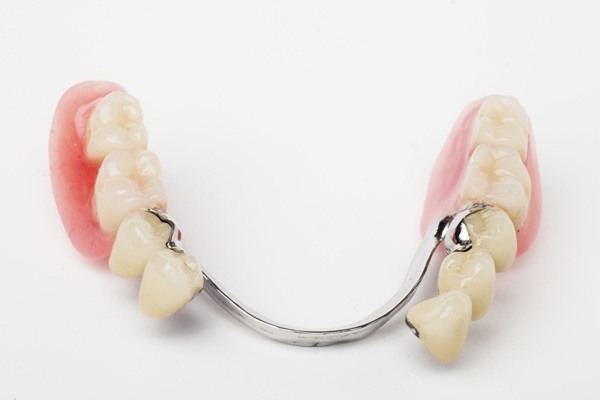How Many Types of Dental Implants are There?

There are various different types of dental implants to consider after deciding to replace missing teeth. Every dental implant patient has a specific set of needs, and the types of dental implants used are largely based on those needs.
It is important to understand the different types of dental implants in order to know which is right for you.
Types of dental implants
There are essentially two different types of dental implants: Endosteal implants and subperiosteal implants. There are certain implants that can be completed in one procedure. But, others may take several procedures to complete.
The following is an in-depth analysis of the different types of dental implants.
Subperiosteal implants
A subperiosteal implant is fixed onto the jawbone, rather than fused into the jawbone, as is the case with endosteal implants. A subperiosteal implant is most closely associated with single stage implants as the abutment of the dental implant is exposed. This means there is not a need for a second surgery to attach the artificial tooth.
Subperiosteal implants are used mostly on individuals with shallow jawbones who are unable to support an implant. Subperiosteal dental implants are typically less invasive and carry far less risk than that of an endosteal implant. This makes them perfect for those who do not wish to undergo a more invasive surgical procedure.
Endosteal implants
Endosteal implants are fused into the jawbone, whereas a subperiosteal implant is simply fixed onto the jawbone. Subsequently, an endosteal implant is often much more secure and lasts longer than a subperiosteal implant. But, the procedure may be more invasive.
Endosteal implants usually require a two-stage implant procedure. The first surgery is to fuse the implant - which is a screw-like structure - into the jawbone. After the implant has successfully fused with the jawbone, a second procedure is needed to expose the abutment and attach the artificial tooth. Endosteal implants usually require the patient to be in good overall health.
One-stage implants
A one-stage implant is a dental implant procedure that only requires one surgical procedure. A one-stage implant usually involves a longer implant being placed, and it usually is an option with subperiosteal implants more so than endosteal implants.
A one-stage implant involves leaving the end of the implant exposed. This means the abutment and artificial tooth can be placed without needing a second surgery to go into the gums and expose the implant.
Two-stage implants
A two-stage implant - which is often needed with endosteal implants - requires two separate surgical procedures in order to complete the entire procedure.
The first procedure is needed in order to fuse the implant into the jawbone. After the healing period is complete, the second stage is performed in order to reveal the end of the implant and attach the abutment and artificial tooth.
Choosing between the different types of dental implants can be confusing for many. If you are considering different types of dental implants, contact us today and schedule a time to come visit to learn more about each available option.
Are you considering dental implants in the Lincroft area? Get more information at https://lincroftvillagedental.com.
Recent Posts
Dentists generally recommend dental implants as a natural choice for replacing missing teeth. If you play sports regularly, especially contact sports, you may be worried about continued participation after having your lost teeth replaced. This article covers what you need to know about playing sports with dental implants.Every sport has required skills, levels of fitness…
If you are missing at least one or more teeth, you may qualify as a candidate for dental implants. Dental implants are the best option for replacing missing teeth. Having missing teeth can harm your oral health, and untreated tooth loss can interrupt your chewing ability and even affect the structure of your mouth. If…
Dental implants are one of the most popular forms of tooth restoration due to the range of benefits they can offer. By learning more about why so many are choosing dental implants to replace one or more missing teeth, patients can determine if they are the best option for them. Every patient has a different experience…
Having dental implant surgery usually starts as a tedious process. Yet, when the procedure and aftercare are done correctly, patients always reap the benefits. You should get a clearer picture of what happened during dental implant surgery. Let us review this quick guide.A strong and healthy jawbone is a basic prerequisite for dental implant surgery.…


